Gas Exchange
In order to see how gas exchange occurs we need to look further into the lungs. Firstly we know that air enters the body through the mouth or nose, from here it moves to the pharynx (throat), passes through the larynx (voice box) and enters the trachea. The trachea splits into two branches, the left and right bronchus, each bronchus divides many times into smaller branches called bronchioles. Each bronchiole finally leads to a bunch of tiny air sacs, called alveoli, which inflate during inhalation, and deflate during exhalation.
It is at the alveoli where gas exchange takes place.
Gas exchange is the delivery of oxygen from the lungs to the bloodstream, and the elimination of carbon dioxide from the bloodstream to the lungs and out of the body.
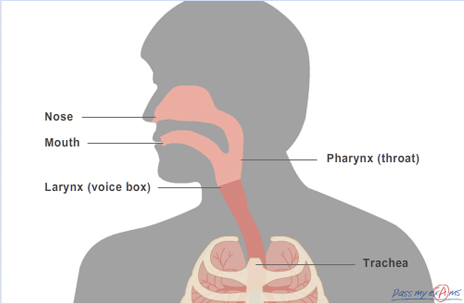
Air enters the body through the mouth and nose, from here it moves to the pharynx (throat), passes through the larynx (voice box) and enters the trachea.
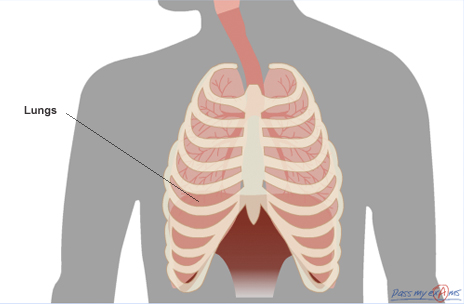
The trachea splits into two branches, the left and right bronchus, each bronchus divides many times into smaller branches called bronchioles.
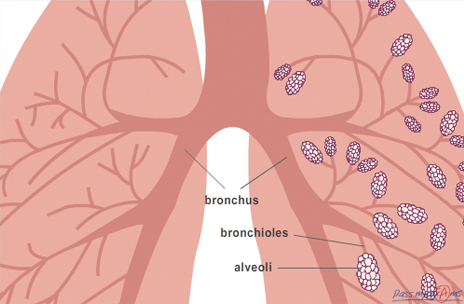
Each bronchiole finally leads to a bunch of tiny air sacs, called alveoli, which inflate during inhalation, and deflate during exhalation.
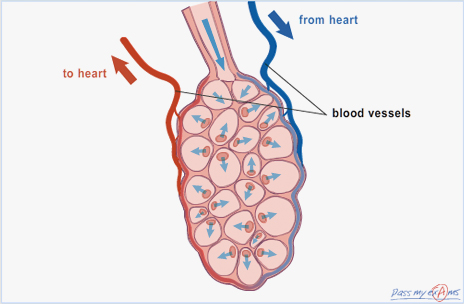
Gas exchange is the delivery of oxygen from the lungs to the bloodstream, and the elimination of carbon dioxide from the bloodstream to the lungs and out of the body. It takes place in the alveoli.
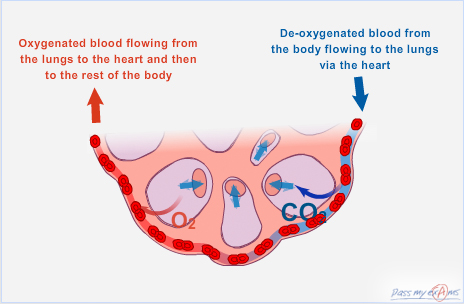
The walls of the alveoli are surrounded by a network of blood capillaries. In fact the alveoli walls share a membrane with the capillaries which allows for oxygen to diffuse through the alveoli wall and enter the bloodstream and then travel to the heart. At the same time it allows for carbon dioxide to diffuse from the bloodstream into the alveoli and exhaled out of the body. Both oxygen and carbon dioxide move from areas of high concentration to areas of lower concentration.
